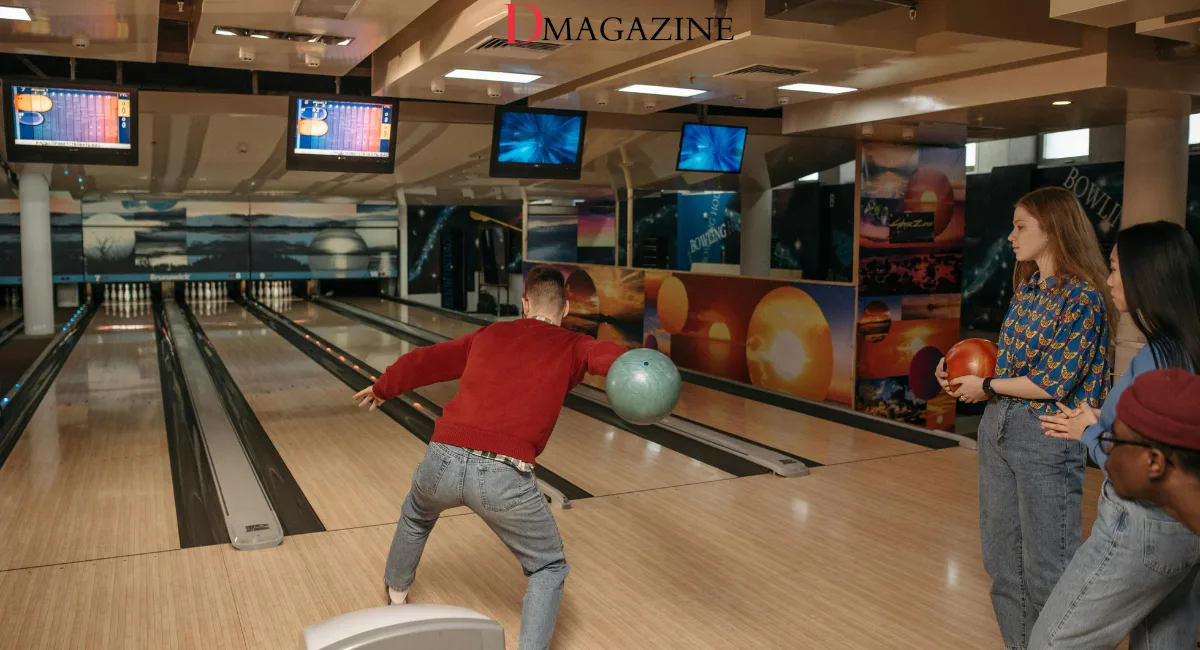Is Bowling A Sport? Everything You Need to Know

Is bowling a sport? Yes, bowling is officially recognized as a sport by major athletic organizations worldwide. It requires physical skill, mental strategy, consistent practice, and competitive tournaments with professional athletes who train regularly to master technique and precision.
Do you ever wonder if rolling a heavy ball down a lane counts as a real sport? Many people ask this question when they think about bowling.
Is bowling a sport is a debate that comes up often. Some people think it’s just a fun game you play at birthday parties. Others believe it deserves respect as a serious athletic activity.
In this article, you’ll learn why bowling is considered a legitimate sport. We’ll explore the skills needed, the competition level, and what makes something qualify as a sport in the first place.
Table of Contents
What Makes Something A Sport?
Before we decide if bowling qualifies, let’s understand what defines a sport.
A sport typically includes these key elements:
- Physical skill and coordination
- Mental strategy and focus
- Competition between players or teams
- Official rules and regulations
- Organized tournaments and leagues
- Athletes who train regularly
Sports also require practice to improve performance. They have official organizations that set the rules and organize major competitions.
Why Bowling Is A Sport?
Bowling is considered a sport because it requires physical skill, precision, strategy, and consistent practice to compete at professional levels. Below are the Details.
Physical Skills Required
Bowling demands real physical abilities. Players need:
Upper body strength to control a 10-16 pound ball. That’s heavier than most textbooks you carry!
Balance and coordination are required to approach the lane smoothly. Professional bowlers practice their footwork for hours.
Precision and timing to release the ball at exactly the right moment. Even tiny mistakes can ruin a perfect shot.
Endurance for tournament play. Competitive bowlers often play for 6-8 hours straight during events.
Mental Strategy
Good bowling isn’t just about throwing hard. Players must:
- Understand lane oil patterns, yes, different lanes have varying amounts and placements of oil!
- Adjust their approach based on pin combinations
- Calculate angles and ball speed
- Stay focused under pressure during close games
Professional bowlers study video footage of their throws like football players review game film.
Competitive Structure
Bowling has serious competition at every level:
Professional tours like the PBA (Professional Bowlers Association) offer prize money exceeding $1 million annually.
College scholarships are available for skilled student bowlers at hundreds of universities.
Youth leagues teach children proper technique and sportsmanship from an elementary age.
International competitions include the World Championships, where countries compete for medals.
Bowling vs Other Sports: A Comparison
| Aspect | Physical skills needed | Basketball | Golf |
|---|---|---|---|
| Physical skill needed | ✓ High | ✓ High | ✓ High |
| Mental strategy | ✓ Required | ✓ Required | ✓ Required |
| Professional leagues | ✓ PBA/PWBA | ✓ NBA/WNBA | ✓ PGA/LPGA |
| Olympic recognition | ✓ (1988 demo only) | ✓ Yes | ✓ Yes |
| Training required | ✓ Daily practice | ✓ Daily practice | ✓ Daily practice |
Professional Bowling Athletes
Real athletes make careers from bowling. They train like any other professional sports player.
Jason Belmonte from Australia is widely regarded as one of the greatest bowlers of all time. He practices 6-8 hours daily and has won over 30 PBA titles.
Shannon O’Keefe dominated women’s professional bowling for years. She earned over $1 million in prize money during her career.
These athletes work with coaches, follow strict training schedules, and maintain peak physical condition. They’re not weekend hobbyists – they’re serious competitors.
Common Misconceptions About Bowling
Bowling is often misunderstood as just a casual game, but it requires physical skill, strategy, and practice like any true sport.
It’s Not Athletic Enough
This myth ignores the physical demands. Try bowling 20 games in a row and see how your arm feels!
Professional bowlers develop specific muscle groups. They also need excellent hand-eye coordination and precise body control.
Anyone Can Do It
While anyone can try bowling, mastering it takes years of dedicated practice. The difference between amateur and professional scores proves this point.
Average recreational bowlers score around 100-120. Professionals regularly bowl 200+ games and expect to hit strikes consistently.
It’s Just Rolling A Ball
This oversimplifies the complexity involved. Bowlers must understand:
- Lane conditions and oil patterns
- Ball weight and surface texture choices
- Approach timing and release techniques
- Pin carry and angle optimization
Benefits of Bowling As A Sport
Here are the top 3 benefits of Bowling As a Sport.
Physical Health
- Builds arm and shoulder strength
- Improves balance and coordination
- Provides moderate cardiovascular exercise
- Develops flexibility through stretching motions
Mental Health
- Requires focus and concentration
- Teaches patience and persistence
- Builds confidence through skill development
- Offers stress relief and social interaction
Life Skills
- Sportsmanship and fair play
- Goal setting and achievement
- Handling pressure situations
- Team cooperation in league play
Canclousion
Now that you know bowling qualifies as a real sport, why not give it a serious try?
Visit your local bowling center and ask about youth leagues or beginner classes. Many centers offer coaching programs that teach proper technique and strategy.
Who knows? You might discover a hidden talent for this challenging and rewarding sport. The next time someone questions whether bowling is a sport, you’ll have plenty of facts to share with them!
FAQS About Is bowling a sport?
Bowls is both a sport and a game, involving skill and competition.
No, bowling is not currently an official Olympic sport.
Yes, bowling is a professional sport with leagues and tournaments worldwide.
Bowling is relatively affordable, but costs can vary based on location and frequency.
Bowling requires accuracy, coordination, focus, and strategic thinking.






